Last Updated
This week in Los Cabos, 5.2 magnitude seismic tremors were briefly felt along the coast of Baja California Sur. Earthquakes are fairly frequent in Los Cabos and rarely cause damage. However, authorities regularly update locals and travelers on any detected tremors and offer advice on what to do if the area is hit by a significant earthquake.
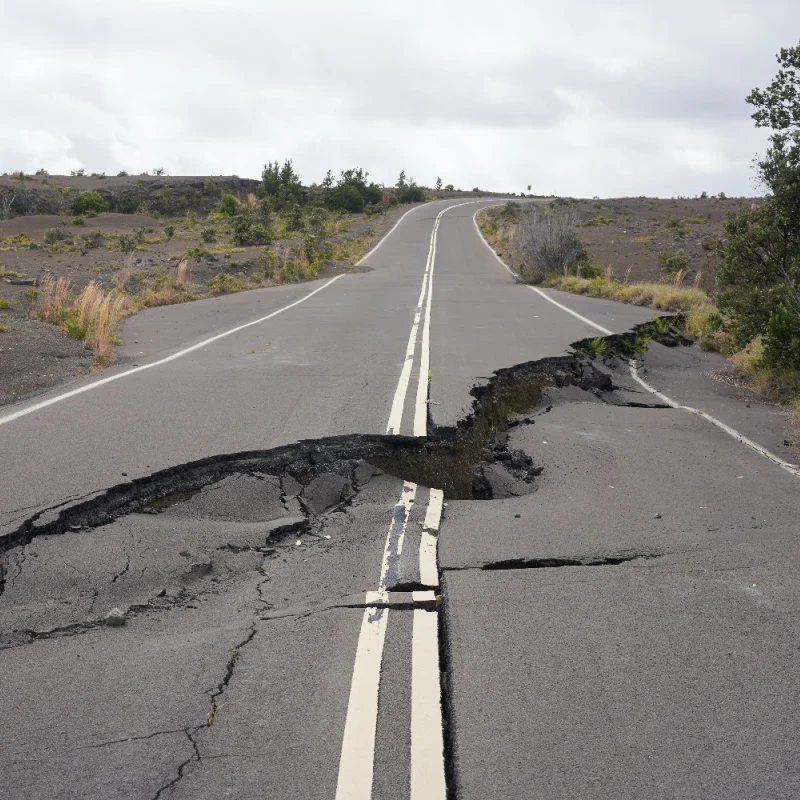
Just a few weeks ago, on 29th November, Los Cabos registered a magnitude 4.9 earthquake around 200 miles south of Cabo San Lucas, and like many others, it did not cause any damage or loss of life.
However, although most travelers are aware that the region has a strong hurricane season, most aren’t aware of the potential earthquake risks and how to deal with one if it should strike. In this article, we’ll share 5 things travelers need to know about earthquakes in Los Cabos:
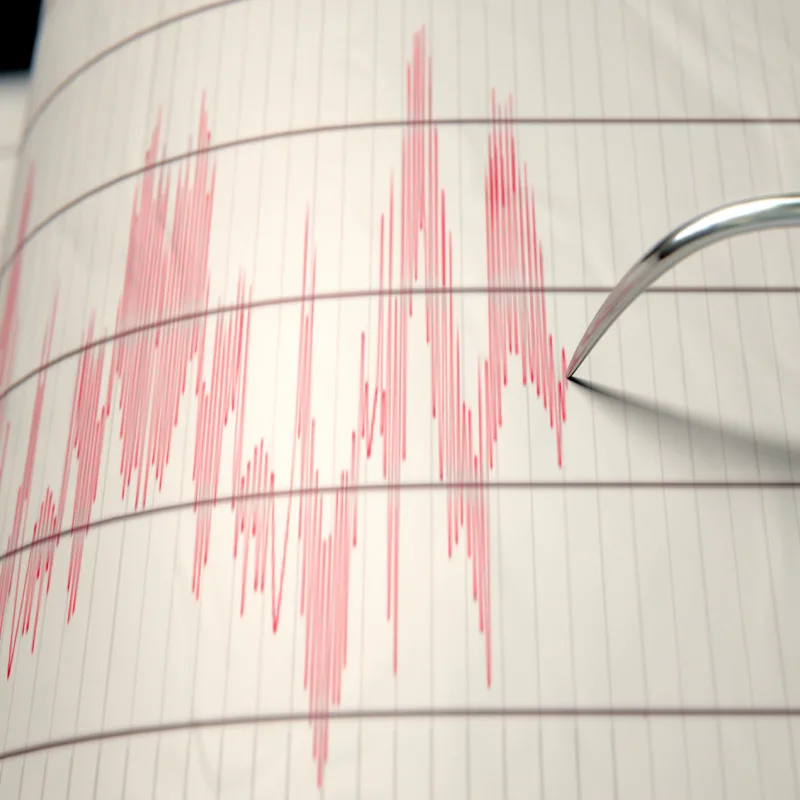
1) Earthquakes Are Common In Los Cabos
Earthquakes are extremely common off the coast of Baja California Sur, including in the region of Cabo San Lucas, since the area lies between two fault lines.
However, Los Cabos is relatively far south, so it feels far fewer tremors and less impact than the northern areas, which have seen widespread devastation caused by earthquakes in the past. Los Cabos has seen hundreds of significant earthquakes in the past few decades, which are usually between the 4.0 and 5.0 magnitudes and are considered to be light to moderate.
Top 5 Travel Insurance Plans For 2023 Starting At $10 Per Week
Easily Earn Points For Free Travel
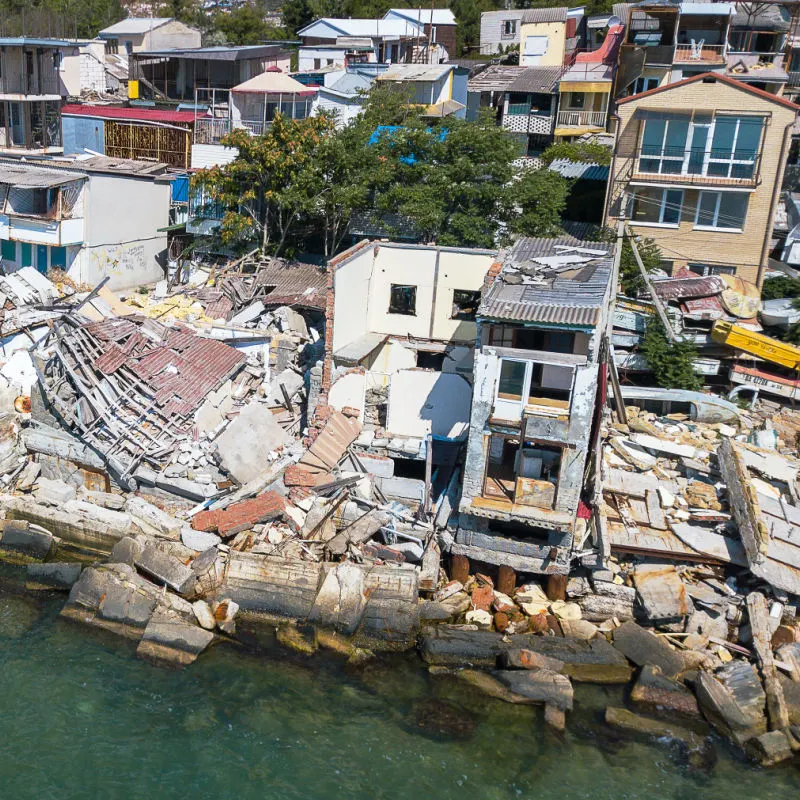
2) Be Aware Of Aftershocks
Although the quakes themselves are not dangerous, the aftershocks can be. Aftershocks are much weaker than the initial quake, but if damage has been caused, aftershocks can exacerbate the issue. Earthquakes don’t normally last any longer than thirty seconds, so anything that is felt after this is likely an aftershock. Aftershocks can be felt up to 20 miles from the original focal point of the earthquake.
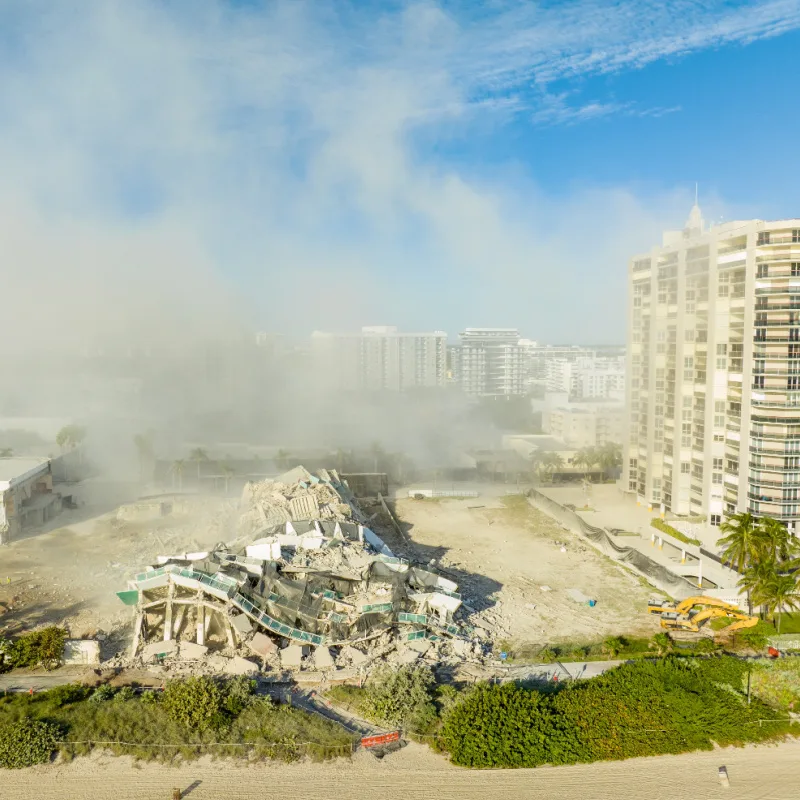
3) Safety During An Earthquake In Los Cabos
If it is reported that an earthquake will occur or it happens unexpectedly, there are a few things you should do to keep safe.
The main thing recommended by the CDC is to follow the ‘drop, cover, hold’ rule. This means dropping to your hands and knees before you can be knocked over, covering your head and neck, finding cover under a table or desk, and holding on to your cover – the piece of furniture you’re under.
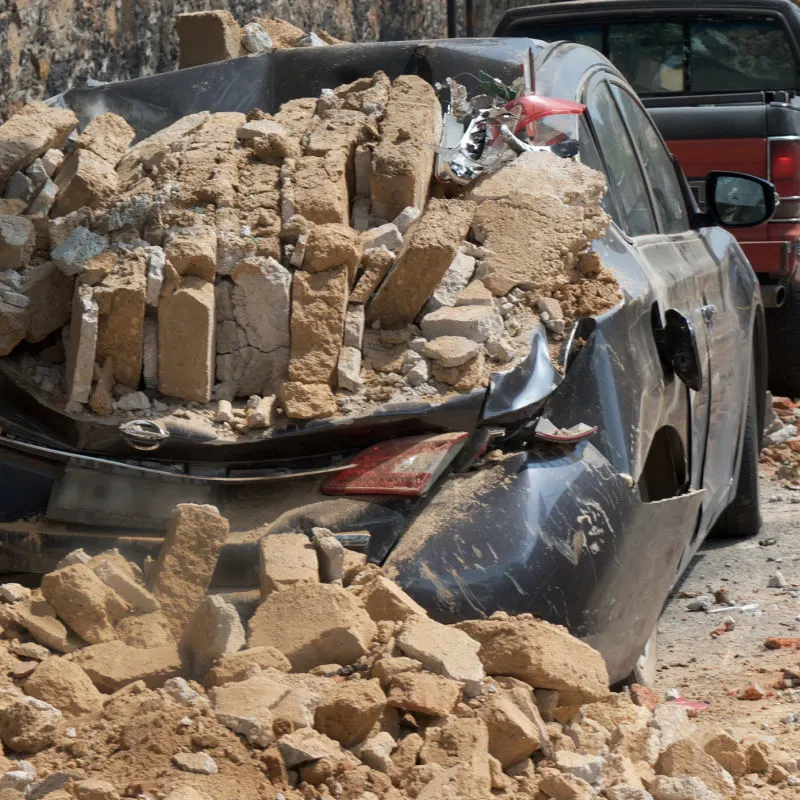
Other actions include:
- If you’re inside, stay inside. While indoors, move away from any fragile objects, such as glass, bookcases, or unstable furniture. If you’re in a bed, stay there and protect your face using a pillow.
- If you’re in a tall building, move away from the walls and windows, and do not use the elevators in any circumstances.
- If you’re in a crowded place, do not rush for an exit, as many others may do the same, resulting in a possible crush.
- If you’re outside, move away from buildings, power lines, and telephone poles into an open area with no trees.
- If you’re in a vehicle, stop and pull onto the curb as quickly as possible, away from power lines and lamp posts. Stay inside your car as it will protect you from tremors, and turn on the radio for news updates.
- If you’re by the coast or on a beach, drop to the ground until the shaking stops, and then move to higher ground. It is extremely unlikely in Los Cabos, but strong earthquakes can occasionally trigger tsunamis.
4) Have A Communication Plan
Traveling with friends or family? Make sure you discuss what your plans are in the event of an earthquake, as it’s likely that you won’t be together every second of your trip. If a serious earthquake occurs, there is a chance that cell phone signal will be lost, so it’s best to have a meeting point planned out beforehand. After the earthquake has passed, you will be able to quickly rejoin your group quickly and safely.
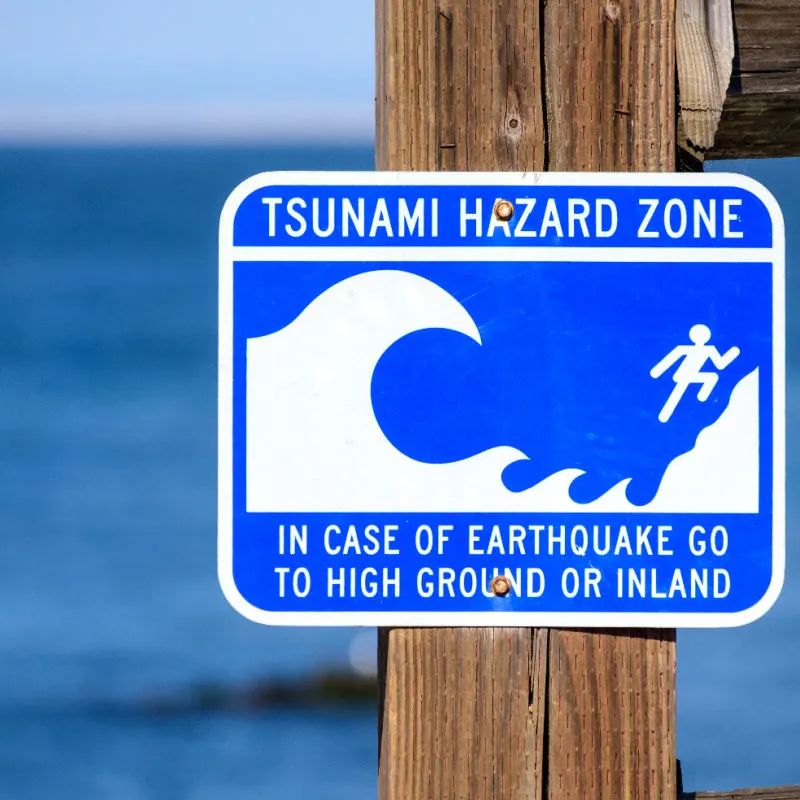
5) Preparing For Travel
If you’re visiting any area where there is a chance of natural disasters, however unlikely, always take out travel insurance. Los Cabos sees frequent low-level earthquakes, but there is no way to predict the severity of future occurrences, so it’s always better to have protection.
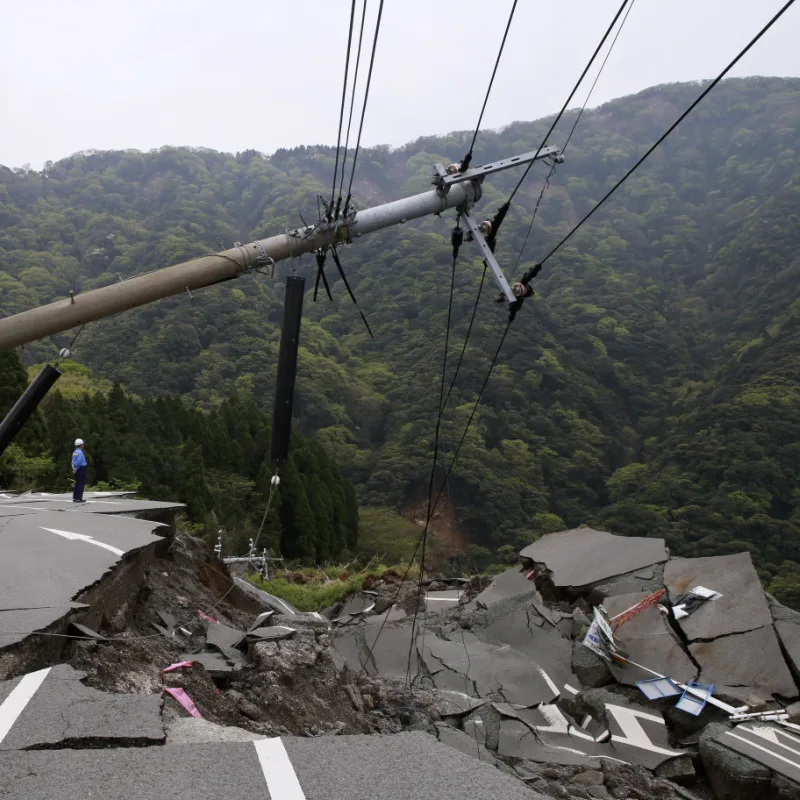
Always make sure your insurance is designed to cover natural disasters, as some companies exclude this from their policies. Some of the best travel insurance options for a trip to Los Cabos can be found with HeyMondo and InsureMyTrip.
Plan Your Next Cabo Vacation:
Traveler Alert: Don’t Forget Travel Insurance For Your Next Trip!
Choose From Thousands of Cabo Hotels, Resorts and Hostels with Free Cancellation On Most Properties
↓ Join The Community ↓
The Cabo Sun Community FB group has all the latest travel news, conversations and current events happening in Los Cabos

Subscribe to our Latest Posts
Enter your email address to subscribe to The Cancun Sun’s latest breaking news affecting travelers, straight to your inbox.
